Nigeria’s inflation rate rose to 34.80 percent in December 2024, up from 33.60% in November, according to the National Bureau of Statistics (NBS).
The Bureau attributed the marginal increase of 0.20 percent points to the festive period’s increased demand for goods and services.
On a year-on-year basis, the headline inflation rate was 5.87% higher than the rate recorded in December 2023, which stood at 28.92%.
This indicates a significant increase in the inflation rate over the past year.
Persecondnews reports that on a month-on-month basis, the headline inflation rate in December 2024 was 2.44%, which was 0.20% lower than the rate recorded in November 2024.
The food inflation rate in December 2024 was 39.84% on a year-on-year basis, with increases in prices of yam, water yam, and sweet potatoes being major contributors.
The reports reads: “On a year-on-year basis, the Headline inflation rate was 5.87% higher than the rate recorded
in December 2023 (28.92%).
“This shows that the Headline inflation rate (year-on-year basis) increased in December 2024 compared to the same month in the preceding year (i.e., December 2023).
“On the contrary, the month-on-month basis, the headline inflation rate in December 2024 was 2.44%, which was 0.20% lower than the rate recorded in November 2024 (2.64%).
“This means that in December 2024, the rate of increase in the average price level is slightly lower than the rate of increase in the average price level in November 2024.”
The average annual rate of food inflation for the twelve months ending December 2024 was 39.12%, which was 11.16% points higher compared to the previous year.
NBS said the rise in food inflation on a year-on-year basis was caused by increases in prices of yam, water yam, and sweet potatoes.
“Beer, Pinto (Tobacco Class), Guinea Corn, Maize Grains, Rice, etc (Bread and Cereals Class), and Dried Fish-Sadine, Catfish Dried, etc (Fish Class),” NBS said.
“On a month-on-month basis, the Food inflation rate in December 2024 was 2.66% which shows a 0.32% decrease compared to the rate recorded in November 2024 (2.98%).
“The decline can be attributed to the rate of decrease in the average prices of Local Beer (Burukutu), Pinto (Tobacco Class), Fruit Juice in tin, Malt drinks, etc (Soft Drinks Class), Rice, Millet, Maize flour, etc (Bread and Cereals Class) and Water Yam, Irish Potatoes, Coco Yam, etc (Potatoes, Yam & Other Tubers Class).
“The average annual rate of food inflation for the twelve months ending December 2024 over the previous twelve-month average was 39.12%, which was 11.16% points higher compared with the average annual rate of change recorded in December 2023 (27.96%).”
State-level analysis revealed that Sokoto, Zamfara, and Edo recorded the highest food inflation rates on a year-on-year basis, while Ogun, Rivers, and Kwara recorded the slowest rise.
On a month-on-month basis, Kogi, Sokoto, and Cross River recorded the highest food inflation rates, while Yobe, Kano, and Abuja recorded declines.
The NBS report also showed that the percentage change in the average Consumer Price Index (CPI) for the twelve months ending December 2024 was 33.24%, representing an 8.58% increase compared to 24.66% recorded in December 2023.
As Nigeria’s inflation rate continues to rise, it remains to be seen how the government will address this economic challenge.
The NBS report provides valuable insights into the trends and patterns of inflation in Nigeria, which will inform policy decisions and interventions aimed at mitigating the impact of inflation on the economy and the citizens.


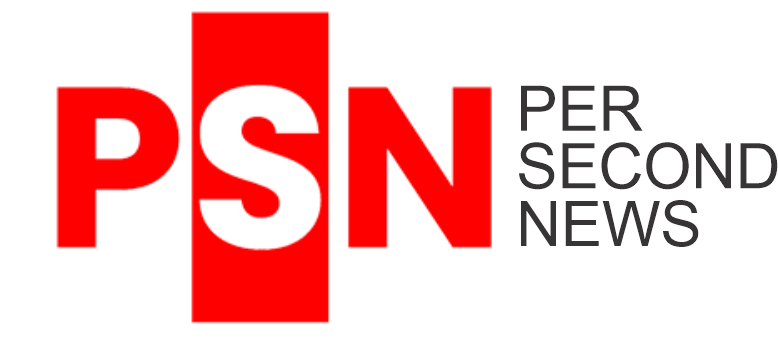
















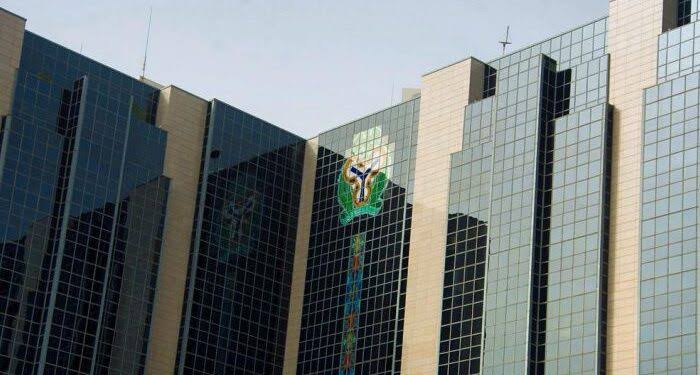



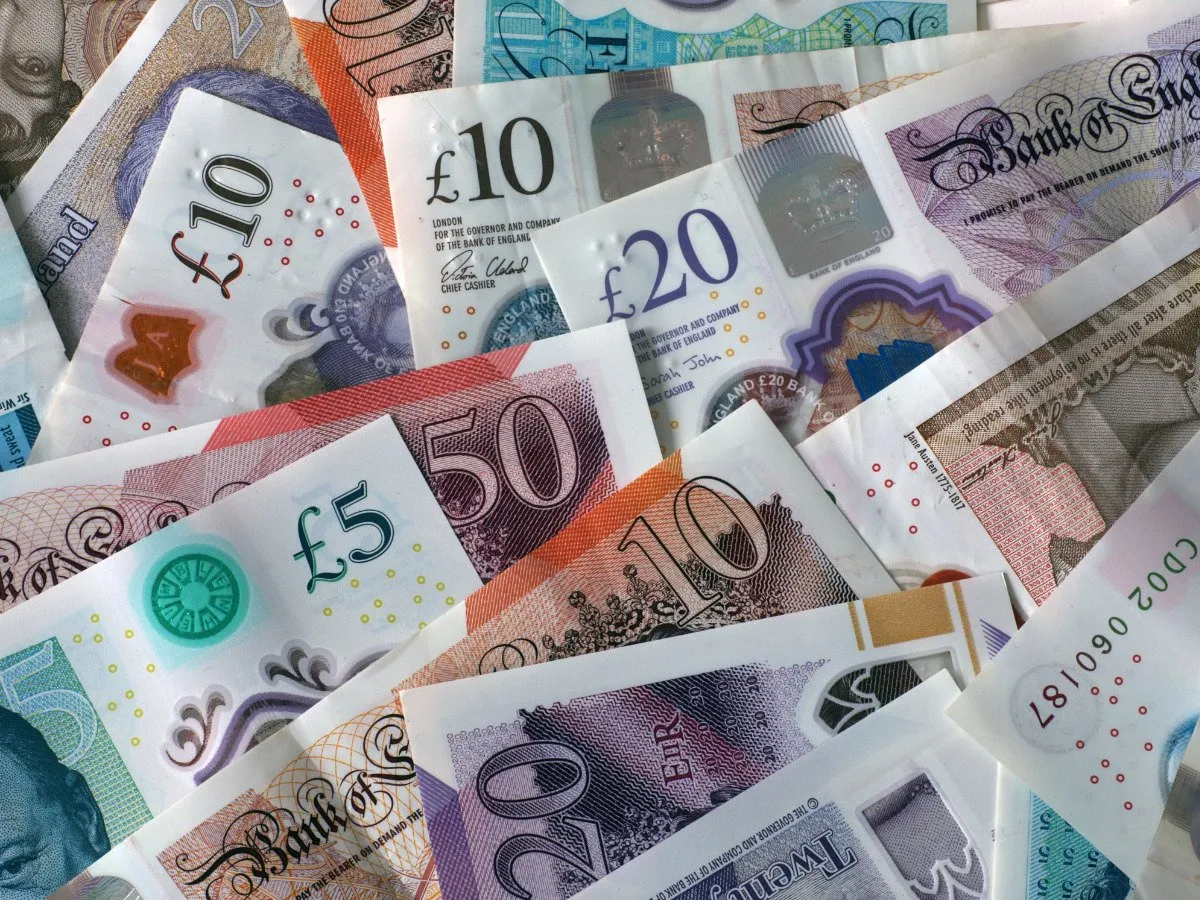

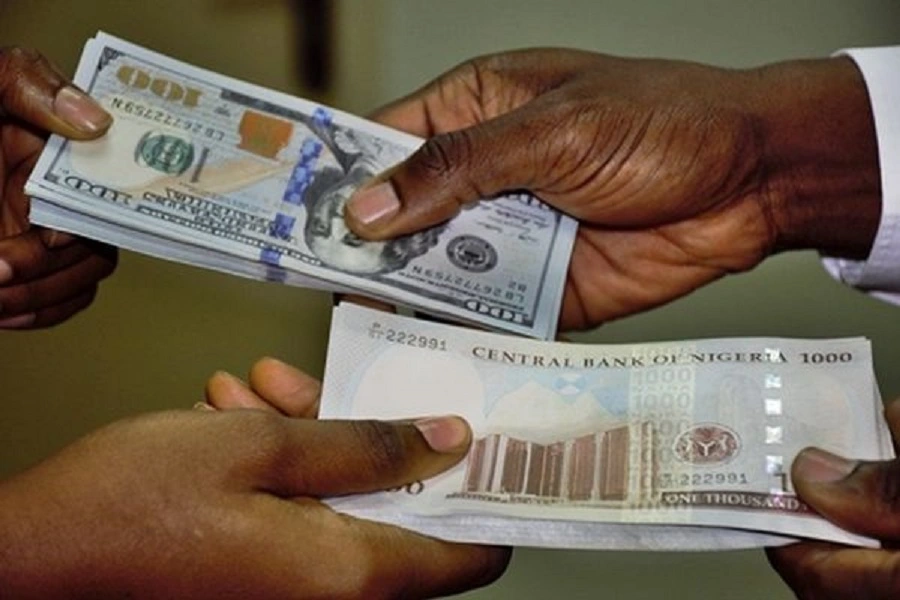


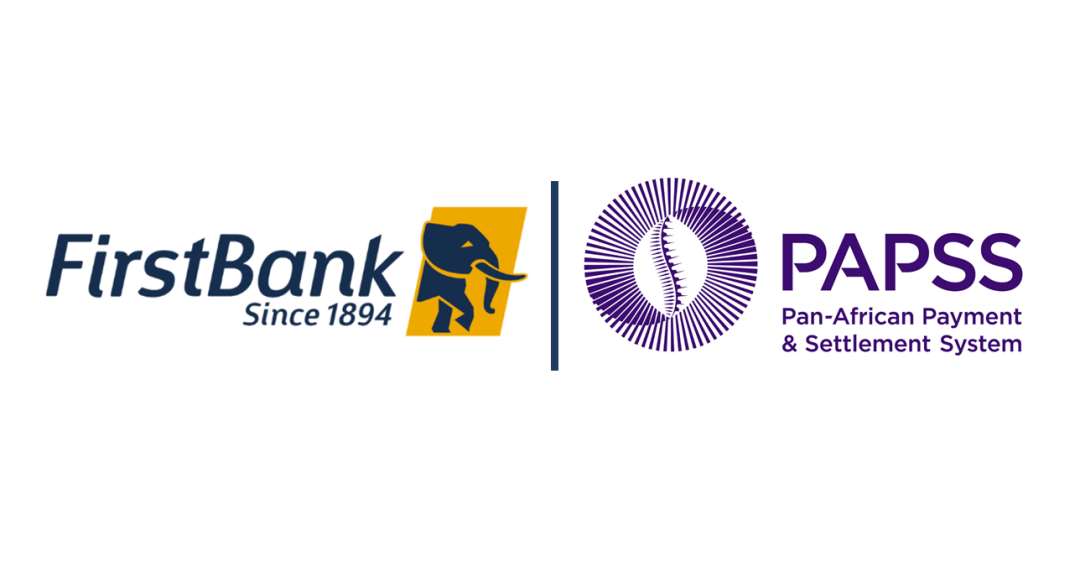








Leave a comment